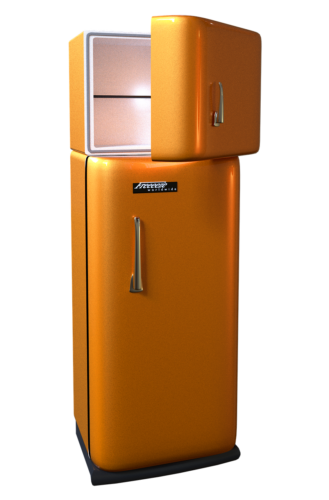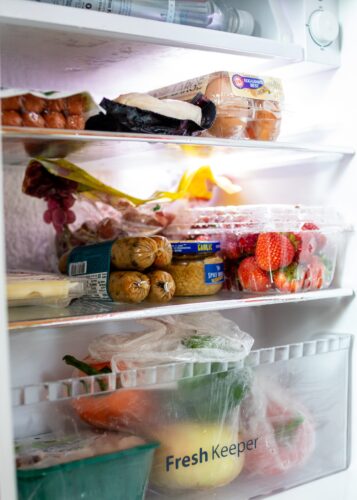Fridges, or refrigerators, are appliances designed to store and cool food and perishable items, helping to extend their shelf life. They operate by removing heat from the contents inside and releasing it into the surrounding environment, thereby lowering the temperature within the fridge.

How much do Fridges weigh?
The weight of fridges can vary significantly depending on factors such as size, capacity, and construction. Smaller compact fridges designed for personal use generally weigh between 40 to 100 pounds (18 to 45 kilograms). Standard-sized fridges commonly found in households range from 200 to 350 pounds (90 to 160 kilograms). Larger commercial-grade fridges can weigh even more, occasionally surpassing 500 pounds (227 kilograms).
Frequently Asked Questions about Fridges
How does a fridge work?
Fridges utilize a combination of components including a refrigerant, compressor, condenser, and evaporator to transfer heat from inside the fridge to the outside, creating a cooling effect.
What temperature should I set my fridge to?
The recommended temperature range for a fridge is typically between 35°F and 38°F (1.7°C to 3.3°C). Maintaining this temperature helps inhibit bacterial growth and preserve food freshness.
Can a fridge be placed near an oven or other heat sources?
It is not advisable to position a fridge next to heat sources such as ovens, as this can negatively impact the fridge’s cooling efficiency and increase energy consumption.
How often should I defrost my freezer?
For manual defrost freezers, it is generally recommended to defrost them when the frost layer reaches around 1/4 inch (6 mm) thickness. Self-defrosting freezers, on the other hand, have automatic defrost cycles that help prevent excessive frost buildup.
How long can food stay fresh in a fridge during a power outage?
A well-insulated fridge can typically keep food cold for about 4 to 6 hours during a power outage, as long as the door remains closed. However, it’s always wise to have a backup plan, such as using coolers with ice or transferring perishable items to another fridge or freezer if available.

Fun Facts about Fridges
- The first practical refrigerator for home use was invented in 1913 by Fred W. Wolf in the United States.
- The world’s largest functioning refrigerator, measuring 16.5 feet (5 meters) tall and 8 feet (2.4 meters) wide, is located in the Guinness World Records Museum in Topeka, Kansas.
- The term “fridge” is actually a shortened form of “refrigerator” and has been commonly used since the early 20th century.
- In 1927, General Electric introduced the first refrigerator with a built-in ice cube tray.
- Early fridges used toxic gases like ammonia and sulfur dioxide as refrigerants. However, in the 1930s, chlorofluorocarbons (CFCs) were introduced, which were later found to harm the ozone layer. Today, more environmentally friendly refrigerants are used.
- The crisper drawer in a fridge is designed to maintain higher humidity levels, helping to keep fruits and vegetables fresh for longer.
- Some modern refrigerators come with smart features such as touchscreens, Wi-Fi connectivity, and internal cameras that allow remote viewing of their contents.
Leave a Reply